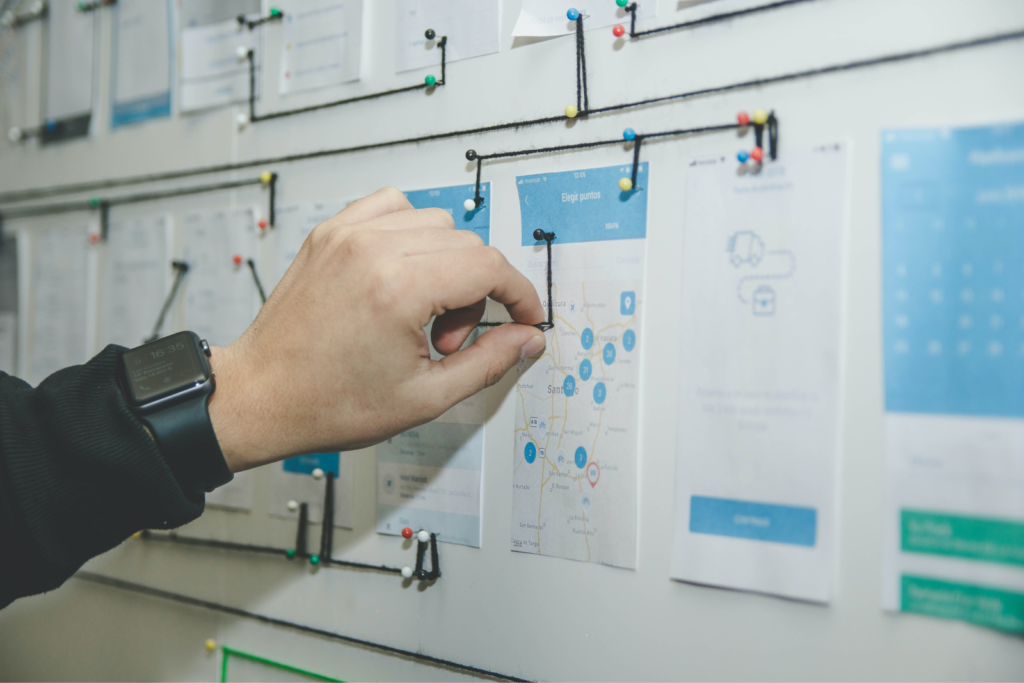Why Discovery?
Delivering the right product starts with understanding needs.
Discovery is a multi-step offering that is designed to figure out exactly what your project needs to deliver value. It helps us avoid building costly, high-effort features into your product that don’t bring much value to your organization; conversely, it helps us discover the features that bring real ROI to your product.
Today, 90% of our custom product development projects involve a Discovery Phase – even for clients who come back to us for new projects. Actually, our Discovery process is so proven that we wrote a whole book about it. The Discovery Phase is a smaller, quicker engagement that gets us centred and on the right path, and dictates features, cost and timeline for the following Design & Build phase. It’s best when there is a clear direction for the project or product, and we need to unpack the details. If your vision is less defined – and you’re more aware that you have a problem, but aren’t clear or confident on the solution – then a higher-level technology consulting engagement is likely a better fit.
What Does an Application Discovery Audit Entail From Paper Leaf?
Our Discovery Audit is tailored to the project itself, but follows the same general objective: capture and define in detail what could, should, and must be built, alongside the costs, risks, and delivery plan.
We often liken our application discovery service to creating the blueprint for a house – we want to understand not just that we’re building a split-level or bungalow, but rather the size of each room, the specs of the insulation, the appliances and their locations, and all of those types of details. Translating this to software, the digital discovery phase encompasses:
- Technical research – existing systems, integrations, ideal future systems
- User research – existing systems, needs and wants
- Technical & functional requirements (captured as user stories with acceptance criteria) – so as to understand the requirements that must be met at an appropriate level of specificity
- Prioritization of requirements – what must be included? What is nice to have? What could we have, but can be cut for now?
- Workflows & Prototypes – how might the above items be translated into workflows, and actual application prototypes?
- Project recommendations and project plan – our recommendations on how to meet the requirements, both from a technical level and an implementation level, alongside cost options.

What Can I Expect From the Digital Discovery Phase?
The Application Discovery Phase is primarily a consultative phase – comprised of the steps outlined above – with a few critical deliverables that capture all the knowledge gleaned in the process.
Just like a blueprint for a home, the collection of digital discovery phase outputs – workflow maps, technical requirements, entity relationship diagrams, interview recordings / notes, prototypes, and implementation plans – paint a very clear picture of what will actually be built in the subsequent phase. Expectations are clear, assumptions are removed, and your risks are mitigated.
You and your project’s invested parties are involved throughout the application discovery process as well, as subject matter experts. Bi-weekly progress review meetings ensure transparency with your project team, and multiple opportunities to course correct on the way to a successful phase completion.
On Discovery completion, we provide up to 3 options for how to continue the work in Phase 2: Design & Build – and over 90% of our Discovery projects turn into Design & Build projects. At the end of the Discovery phase, however, you own all the artifacts and proceed in whatever manner you wish.

